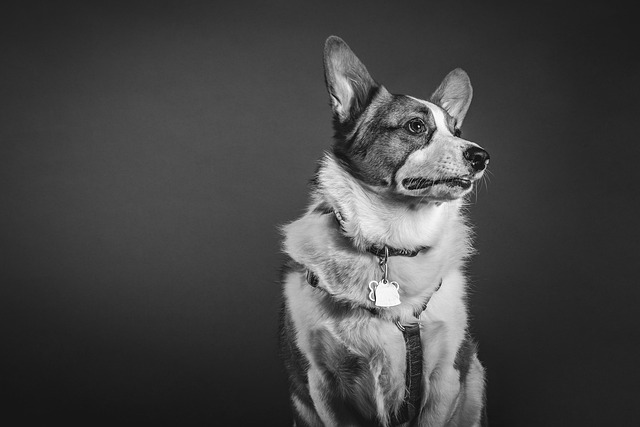
How can I tell if my dog's heatstroke is serious
Let’s be real: It’s a sticky August morning in Los Angeles, and you took your 2-year-old Golden Retriever, Max, for a walk a little later than usual
You’ve just rescued a pup from the shelter, excited to start a new chapter together. But then, that first growl catches you off guard. Maybe it’s your neighbor’s dog that lunges at the fence every time you walk by. Aggressive behavior can turn what should be a heartwarming bond into a nerve-wracking experience. But here’s the good news: with the right strategies and a whole lot of patience, you can transform that fearful snarl into a friendly bark.
First off, it’s crucial to understand that aggression in dogs isn’t a choice; it’s a response. Whether it’s due to past trauma, lack of socialization, or feeling territorial, these dogs are often acting out of fear. Before diving in, check local animal control regulations. Many regions have specific guidelines on handling aggressive pets, and in some cases, professional intervention might be legally required. Safety always comes first—for you, the dog, and those around you.
When starting your trust-building mission, give the dog space. Approach slowly, speak in a calm, low voice, and avoid direct eye contact, which can be seen as a threat. Think of it like making a new friend at a party; you wouldn’t rush up and hug them right away. Let the dog come to you at its own pace.
 Food is a powerful tool, but use it wisely. Toss treats from a distance at first, gradually moving closer as the dog gets more comfortable. Positive reinforcement works wonders. When the dog shows any signs of relaxation—even something as small as a softened gaze—reward it. This helps the dog associate your presence with good things.
Food is a powerful tool, but use it wisely. Toss treats from a distance at first, gradually moving closer as the dog gets more comfortable. Positive reinforcement works wonders. When the dog shows any signs of relaxation—even something as small as a softened gaze—reward it. This helps the dog associate your presence with good things.
Consistency is key. Establish a routine for feeding, playtime, and walks (if the dog’s ready). Dogs thrive on predictability, and knowing what to expect can ease their anxiety. However, don’t push interactions. If the dog growls or backs away, respect its boundaries. Forcing the issue will only reinforce its fear and aggression.
Training commands like “sit” and “stay” in a gentle, reward-based way can also build trust. As the dog learns to follow your cues, it gains confidence, and your bond strengthens. But keep sessions short and fun; long, frustrating training times won’t do either of you any good.
Remember, every dog is different. What works for one might not work for another. If you ever feel overwhelmed or unsure, consult a certified dog behaviorist. They can offer personalized advice and ensure you’re following local animal welfare laws. With time, effort, and lots of love, that aggressive dog can become your most loyal companion, proving that trust really can conquer all.

Let’s be real: It’s a sticky August morning in Los Angeles, and you took your 2-year-old Golden Retriever, Max, for a walk a little later than usual

You're enjoying a summer afternoon at the park when you notice your dog has stopped panting and appears disoriented - their gums are bright red

Let’s paint the picture: You’re in your Denver apartment, watching your 4-year-old Boston Terrier, Ruby, plop down mid-play session with her favorite toy

Many dog owners notice their pets nails seem shorter after regular walks,but how much does this daily activity actually help?The answer depends on where you walk—concrete sidewalks or asphalt streets gently file nails as a dog's paws hit the ground

Most dog owners notice their pup scooting across the carpet at some point, but few connect it to impacted anal glands. These small sacs near a dog’s rectum secrete a scent for marking territory

Most vets agree that regular dog teeth cleaning is key to avoiding painful dental issues later. For healthy adult dogs, a professional cleaning at the vet’s office every 12 to 18 months usually works well.